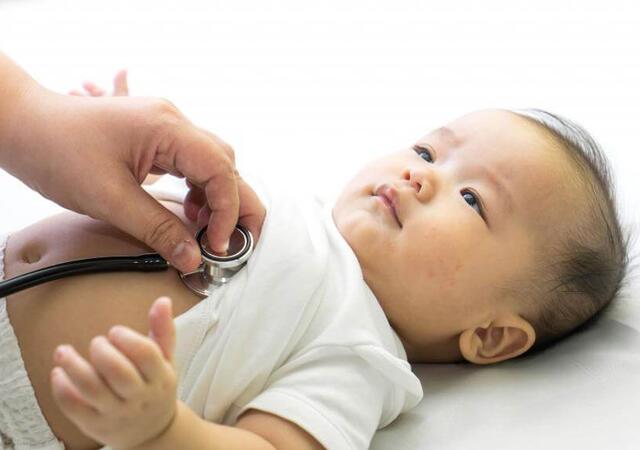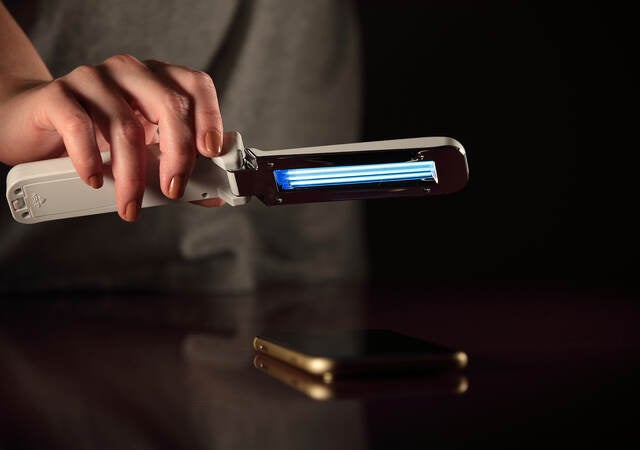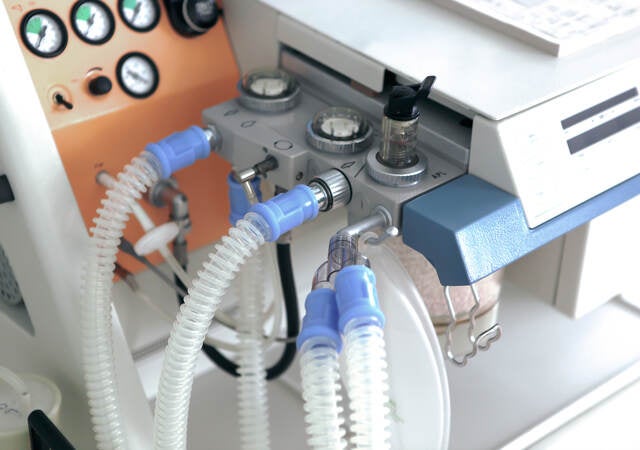February 11, 2025
By Heather Crawford and Evangeline Loh
Medical device manufacturers doing business in the European Union (EU) will want to review the most recent version of the MDCG 2019-6 Questions and Answers (Q&A) document, which represents the most significant update to date, with five updated Q&As, two replacement Q&As, and one new Q&A.
Of particular interest in this update, Question I.6 (Q I.6) concerns whether notified bodies would be able to provide pre-certification services, has been expanded into three parts and Q I.6.3 discusses structured dialogues. In addition, Q IV.13 on “leveraging evidence” has been added.
Background on MDCG 2019-6 Q&A on requirements related to notified bodies
MDCG 2019-6 Questions and Answers (Q&A) was first published in June 2019 and has subsequently been revised four times: Rev2 October 2019, Rev3 October 2021, Rev4 October 2022, and Rev5. The guidance was released with five sections: Section I Organizational and general requirements, Section II QMS, Section III Resource requirements, Section IV Process requirements, and Section V Other requirements. Q&A have been added with each publication, however, Section II remains empty. Rev5 of the guidance was released on February 7, 2025.
MDCG 2019-6, Rev5: Structured Dialogues
Q I.6.3 opens with the context that a structured dialogue is for “what needs to be fulfilled” as opposed to addressing how a manufacturer would go about addressing the requirement. Structured dialogues would be performed during the pre-application as well as post-application (during the conformity assessment) phases and no additional fees are expected.
The example is provided that an appropriate discussion during the post-application phase may be about clinical evaluation: the sufficiency of clinical data, possible use of MDR Article 61(10) “not deemed appropriate”, selection of the equivalent device, and appropriateness of post-market clinical follow-up (PMCF) plan. In our experience, these are often queries that a manufacturer has as they compile their clinical evaluation report and PMCF Plan. Tables are included with possible topics: administrative questions, regulatory guidance/requirements, and technical information. Possible topics for post-application regulatory guidance/requirements include the above clinical evaluation examples.
The ultimate objective of all of this: “enhance the efficiency and predictability of the conformity assessment process, without jeopardizing independence, objectivity and impartiality requirements”.
MDCG 2019-6, Rev5: “Leveraging evidence”
Q IV.13 expands on action item 2, from the MDCG 2022-14 guidance on notified body capacity about preventing “duplication of work”. The response suggests that during a pre-application structured dialogue, the notified body and manufacturer should discuss and agree on what previously provided evidence remains applicable. The manufacturer is expected to mark the technical documentation that has changed. The notified body should ensure the relevant harmonized standards and common specifications are still applicable, the professionals involved at the notified body were sufficiently qualified per the regulations at the time, and compliance with the reporting aspects of Annex XII, Section 4.6. Provided the series of considerations are fulfilled, the notified body should make use of the previous assessment.
Concluding remarks
These are welcome developments. Additional guidance on notified bodies facilitates the engagement for medical device manufacturers with higher-risk devices. The information on structured dialogues helps manufacturers engage efficiently with notified bodies and provides context for how a manufacturer can speak with a notified body. In addition, there is now an approach to how manufacturers and notified bodies can use evidence previously reviewed by a notified body under the directives to assess compliance with the regulations.
Request more information from our specialists
Thanks for your interest in our products and services. Let's collect some information so we can connect you with the right person.







